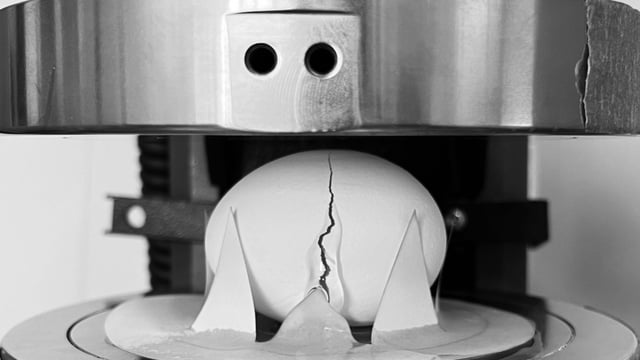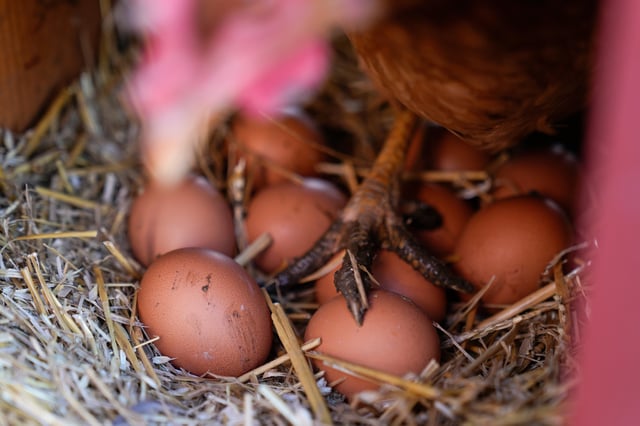Overview
- MIT researchers conducted 180 controlled drop experiments and compression tests, finding horizontally dropped eggs cracked less than 10% of the time compared to over 50% for vertical drops.
- The study, published in *Communications Physics*, challenges the common misconception that eggs are strongest on their ends due to their arch-like shape.
- Dynamic impact testing revealed the egg’s equator is more flexible, allowing it to absorb more energy before cracking, unlike static compression tests where orientation made no difference.
- Findings suggest practical applications, including reducing stray cracks during hard-boiling and informing the design of thin-shell structures in engineering.
- Uncertainty remains about whether the results apply to high-altitude egg drop challenges, a popular STEM activity that partially inspired the research.



